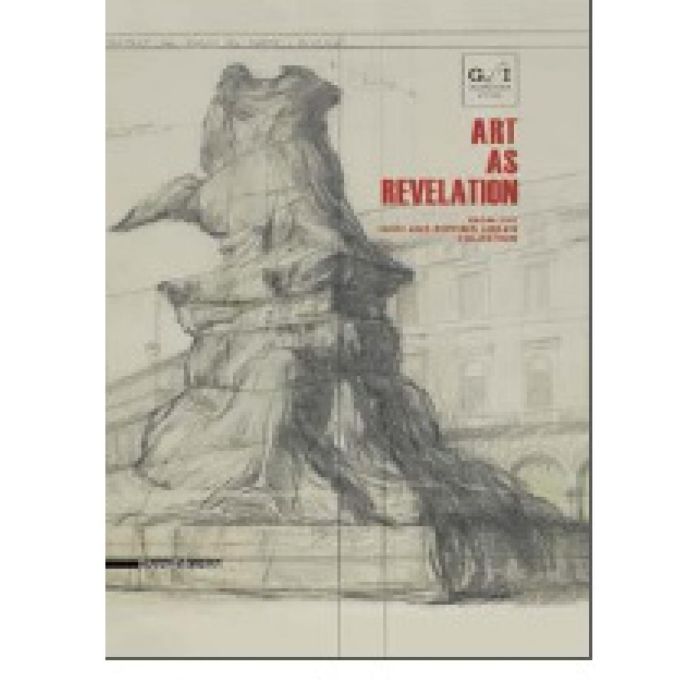My Cart
Your cart is empty
Looks like you haven't made your choice yet.
- Subtotal
Arte as Revelation

from the Luigi and Peppino Agrati Collection
- Silvana
- Expo: 16/05/2018 - 19/08/2018, Gallerie d’Italia, Milan
- by Edited by Luca Massimo Barbero
More Information
| Publisher | Silvana |
|---|---|
| ISBN | 9788836639885 |
| Author(s) | Edited by Luca Massimo Barbero |
| Publication date | September 2018 |
| Edition | Paperback |
| Dimensions | 240 x 170 mm |
| Illustrations | 110 col. & bw ill. |
| Pages | 176 |
| Language(s) | Eng. ed. |
| Exhibition | Gallerie d’Italia, Milan |
Description
During the Festival of Nouveau Réalisme (New Realism) in Milan in November 1970, Christo removed the white cloth in which he had wrapped the Monument to Vittorio Emanuele II in the Piazza del Duomo and placed it over the Monument to Leonardo da Vinci in the Piazza della Scala. This is viewed today as a key event in the contemporary art scene in Milan, a moment that Luigi and Peppino Agrati experienced live. They immediately contacted the artist and commissioned him to create works for the garden of their villa. Wealthy entrepreneurs, the Agrati brothers shared subtle and sensitive insights into art that fostered a deep understanding of the images that shaped their era. This show is the first time their collection is being revealed to the public, through a representative selection of Italian and American works of art donated with generosity and foresight by Luigi Agrati to the Intesa Sanpaolo. From a nucleus of sculptures by Melotti to masterpieces by Fontana, Burri, and Klein, the exhibition provides an in-depth examination of Italian 'Nuova Figurazione' painting ('New Figurative Painting'), working its way to the roots of the new 'Arte Povera' ('Poor Art'). The discovery of American art coincides with the Agratis' acquisition of works by the principal exponents of Pop Art-including the iconic Andy Warhol and his monumental Triple Elvis-and by the Minimalists, of which Dan Flavin's large neon work dedicated to Peppino Agrati is emblematic. In a kind of multiple constellation side by side with examples of Italian art, the collection reveals extraordinary works by Robert Rauschenberg (acquired in large numbers from the end of the 1960s to the 1980s), Cy Twombly (the original mediator between American and Italian art), and conceptual artists like Bruce Nauman and Joseph Kosuth, whose experiments with language are displayed in a dialogue with those by Alighiero Boetti and Vincenzo Agnetti.

Arte as Revelation
